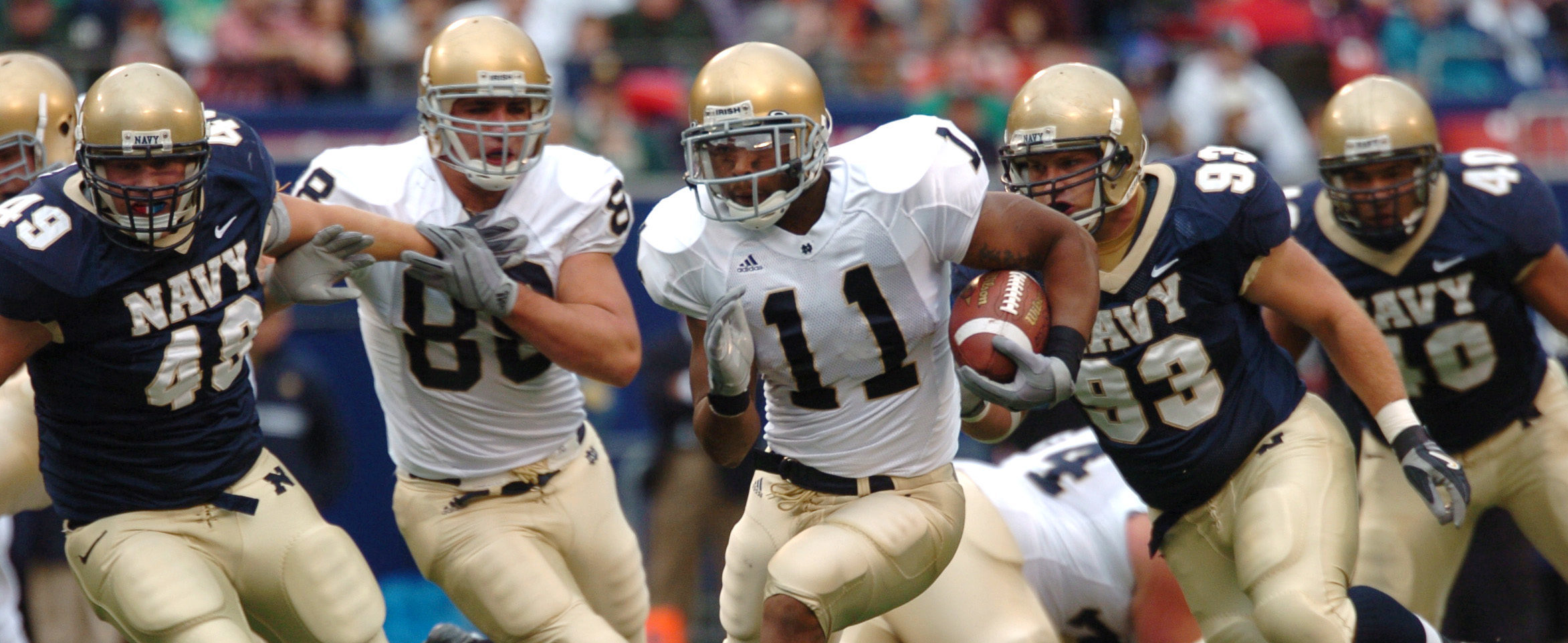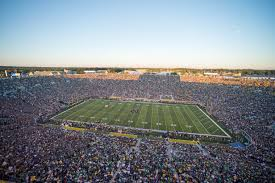A look at the new Basketball practice facilities to be installed in Rolf’s
Notre Dame publicly announced the Campus Crossroads project on January 29, 2014. Part of this project detailed the construction of a new student exercise facility to be placed in the “West Building,” which would add a third exercise facility to campus. Rolfs Sports Recreation Center is set to be converted into a basketball practice facility for the Men’s and the Women’s teams.
The university’s actions raise several questions: Is this move necessary, or is it just a reaction to having extra space? Is this a responsible use of university funds? How do they plan to use Rolfs?
In 2002, the Athletic Department created a report which took stock of the then-current athletic facilities and made recommendations for improvements and the construction of future facilities. Twelve years later, we can see the effects of this report: Compton Family Ice Arena, the Purcell Pavilion, Arlotta Stadium and Alumni Stadium. These facilities emerged from a desire to increase the stature of the Notre Dame varsity athletic programs to compete with the titans in Ann Arbor, State College, Austin, Durham, Palo Alto and Chapel Hill.
Is this proposed facility just the latest salvo in the collegiate athletics arms race? Is this Notre Dame’s Star Wars Missile Defense, which will let it finally outduel rivals in Storrs, Connecticut— the Huskies expect to open their new $40 million facility in June—and catapult Mike Brey into the Promised Land of the Final Four?
In response to the question of inventing a practice facility in order to fill space, articles on university websites and various news affiliates hinting at a new practice facility date back to at least 2011. This has clearly been in the works for quite some time, just not in the current form. Initially, it seems that the plan was to attach the new practice facility to the Joyce Athletic and Convocation Center (JACC). Old articles posted on the Women’s Basketball website anticipate not just a new practice facility, but also “locker rooms, dedicated weight facilities and meeting space for both Fighting Irish basketball programs.”
These new facilities will supplement the 25,000 square foot Haggar Fitness Center, which already provides access to state-of-the-art fitness equipment for all of Notre Dame’s 26 varsity programs. Are they really necessary? Women’s Basketball Head Coach Muffet McGraw has gone on record saying her team needs more space.
In a January 29 South Bend Tribune article, McGraw said: “The NCAA allows us to practice in the summer, now, but volleyball season, the shows, the summer camps … the summer is a bigger problem for us. We practiced at St. Joe High School three times this summer, because we couldn’t get the arena. During the season, if the men have a game, and we want to practice, we have to go to the Pit [Current Practice Facilities housed in the basement of the JACC].
“We felt the crunch more this season than ever,” she said. “The volleyball season goes longer into November. That took time away from us. There were a lot of days, the men and women were backed up in the Pit. Whenever we can get time in the arena, we will, but we’ve had to leave the arena so the men’s opponent can have a shoot-around.”
Clearly there are space issues between the Volleyball, Men’s Basketball and Women’s Basketball teams which need to be resolved. The new practice facility should do that. Building a new facility attached to the JACC would pose a substantial cost, and in theory refurbishing Rolfs should be a cheaper option. But what exactly does the university plan to do with Rolfs? Are they still going to install locker rooms, weight facilities and meeting spaces?
When asked for comment, Dennis Brown, University Spokesman and the Assistant Vice President for Public Information and Communications, responded, “The University has not begun to discuss how Rolfs will be designed or programmed and won’t be doing so for at least two years.”
How do students feel about this project?
“I’m fine with building a new facility for the girls, but the guys have no business in there until they can break .500,” said a sophomore who wished to remain anonymous. “Overall though, to me, it seems like a poor usage of University funds that could be better used at other places around campus, like the [Center for Social Concerns].”
Sophomore Jeff Agar had a different approach: “Historically the basketball teams have been under-supported compared to other major varsity sports, like football. I think this is a good move for them.”
In a different vein, senior Tony Lefeld was critical of the entire project: “The stadium is not the crossroads of campus. It sits at the southeastern edge of the student traffic part of campus. The stadium is actually considered far away for most students compared to LaFortune, Reckers, the dining halls, and most of the on-campus food places. Overall I think the people in charge of spending so much money on the ‘upgrade’ to the stadium are completely out of touch with student life.”
Many members of the Notre Dame community see the Campus Crossroads expansion as Notre Dame “giving in” to the corporate idea of higher education. If Notre Dame has begun heading down this road, it is a sad day for Our Lady’s University and everyone who is part of the Notre Dame community.
John McMackin is a sophomore studying history and theology. Come July, he will be an uncle. If you have any tips to share, or just to chat, contact him at jmcmack1@nd.edu.






Leave a Reply